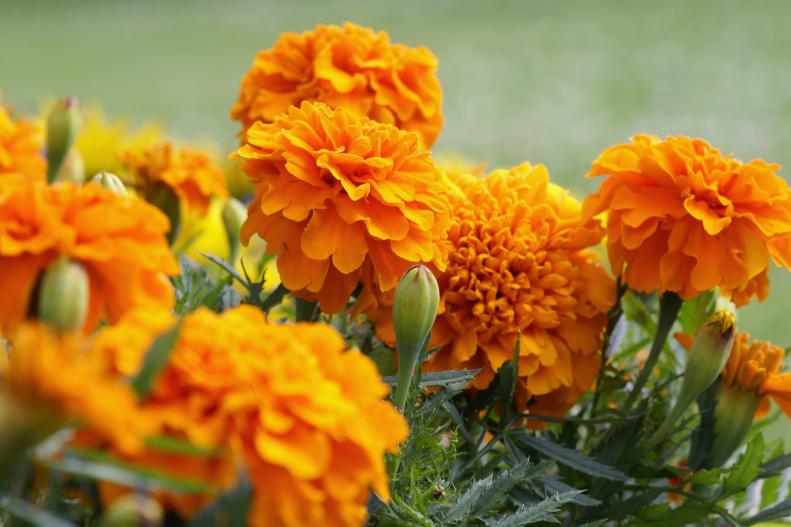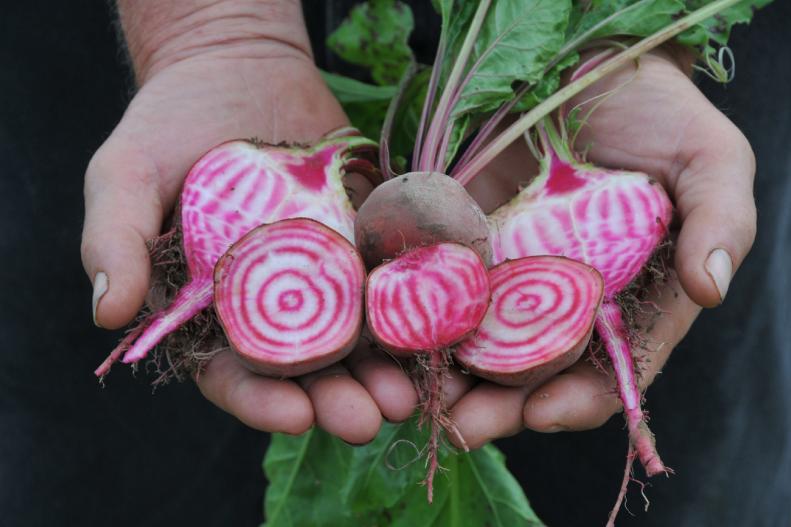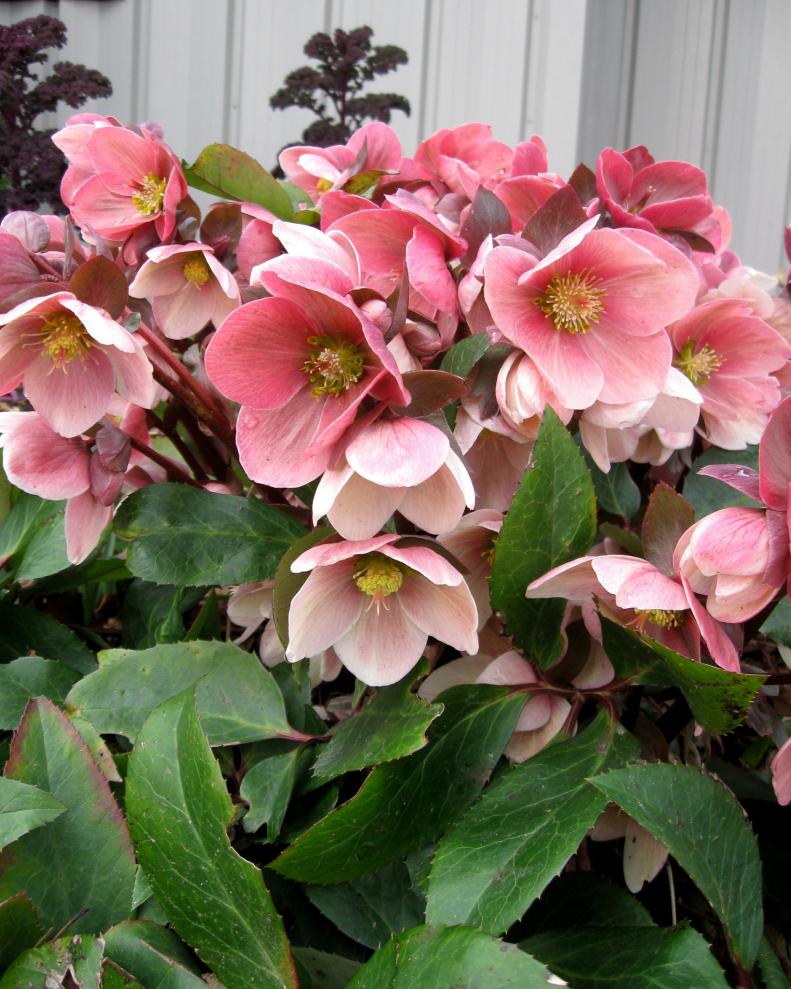1 / 13
Photo: ©iStockphoto.com/schnuddel
Annuals
As their name implies, annuals are plants that complete their life cycle in only one season. Typically used to add seasonal color to flowerbeds and planters, these prolific bloomers die back after flowering. Removing spent blooms will stimulate annuals to produce more showy flowers. Common annuals are marigold, vinca, begonia, coleus, zinnia, impatiens, petunia, nasturtium and pentas. But climate plays a big role in determining an annual plant's lifecycle — some varieties of daisies, geranium, lantana, mandevilla, pansies and verbena are perennials in warm climates.









